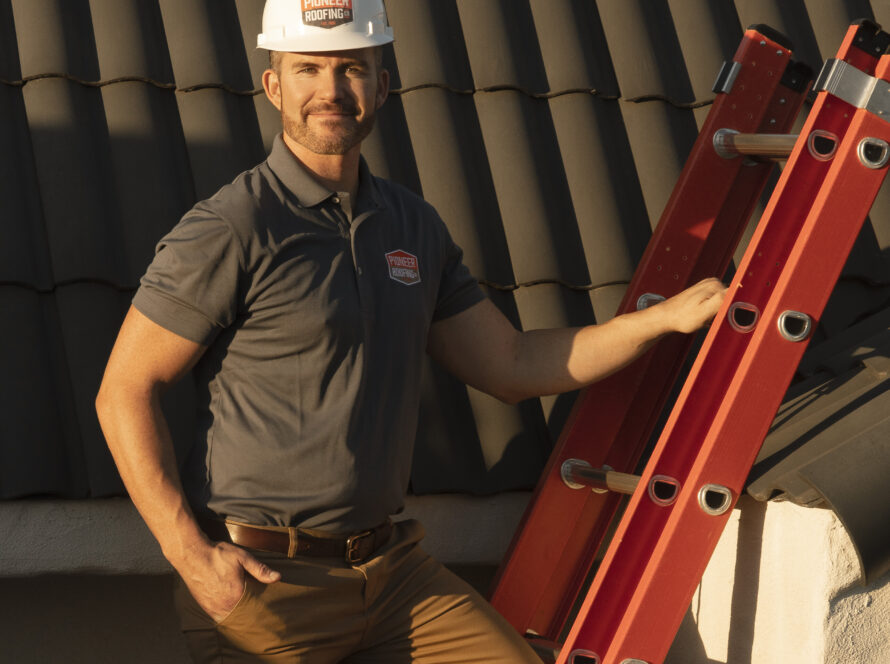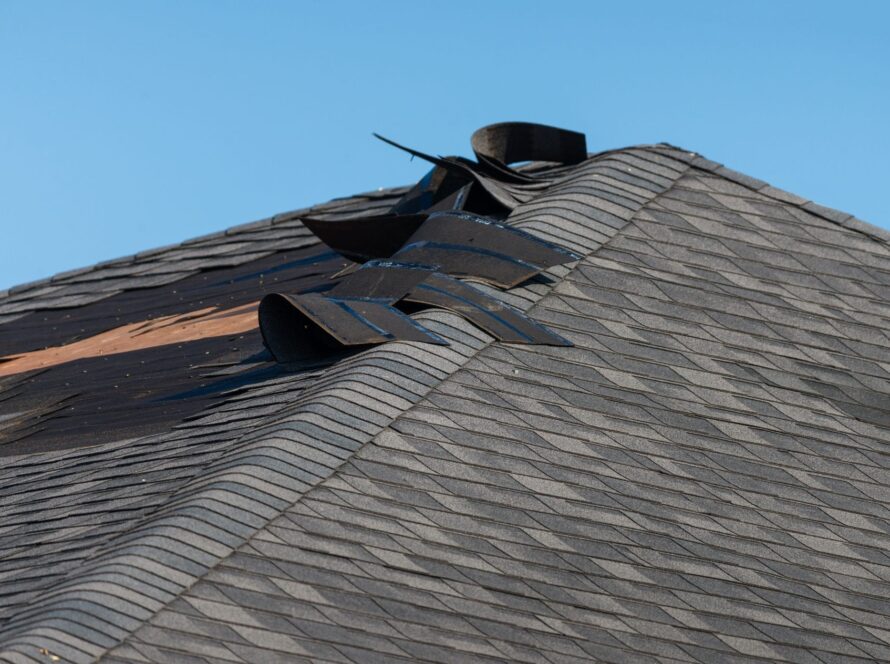When you experience leaks from your ceiling, you may put it off as not an issue to worry about. Most people provide a band-aid solution to their roof problems by putting in more fillers or sealers. However, you may need to assess the situation more carefully because it can be a sign that your current roof is due for a much-needed roof replacement. Know that there are different ways to remedy a damaged roof that doesn’t necessarily lead to a complete overhaul. However, how do you know if it’s time to replace your roof or if you’re merely overreacting?
In this article, we have listed down three tell-tale signs to help you determine whether or not it’s time to replace your current roof.
- Check for leaks
The first aspect that you should check for is not the roof itself but actually the ceiling inside your house. If you have an attic in your home, check the attic’s ceiling for possible holes or leaks. If you find stains or streaks in the ceiling, it’s a sign that water is entering from your roof. You should also check for leaks around your vents, skylights, and chimneys.
Keep in mind that these areas are more prone to cracks and breaks as it provides access to rainwater. To check for tiny leaks, you can use a metal flashing system that can easily point out the cracked areas that are hard to find with the human eye alone.
- Find out the age of your roof
Although roofs are commonly known to be durable, keep in mind that they still do undergo daily wear and tear. Depending on their quality, you should expect that they will wear out over time. Determine the age of your roof by checking on your home improvement records. Look back at how long ago was the roof replaced or when it was first installed.
Take note that asphalt shingles have the average lifespan of 20 to 25 years, while tiles can last up to 40 years with proper care and maintenance. If you find out that your roof is less than 15 or 20 years old, you won’t have to worry about getting a complete roof replacement.
- Check for damages on your roof shingles
After checking the possible leaks inside your home, don’t forget to check the external parts of the roof as well. Take note of all the damages on your shingles, such as cracks or curling. You may find some granular loss or missing shingles, which is expected if you frequently encounter heavy storms in your area. You should also check the gutters and downspouts for possible algae, moss, and fungus that need to be removed.
The presence of moss or fungus is a common indicator of trapped moisture or sagging spots in your roof. In such cases, you may need to replace your roof before your sagging roof further swoops down. To help get rid of moss on your ceiling, you can use a stiff brush to tackle the pesky growth. However, make sure not to use too much pressure as it can increase the cracks or dents on your roof.
If you’re confident about the age, quality, and installation of your roof, you don’t have to replace your existing roof. However, it is still best to verify your concerns by consulting with a licensed roofing contractor so that your roof will last for as long as possible.
If you’re looking for a residential roofing service in San Diego to help replace your old roof, get in touch with Pioneer Roofing today for a free consultation.



